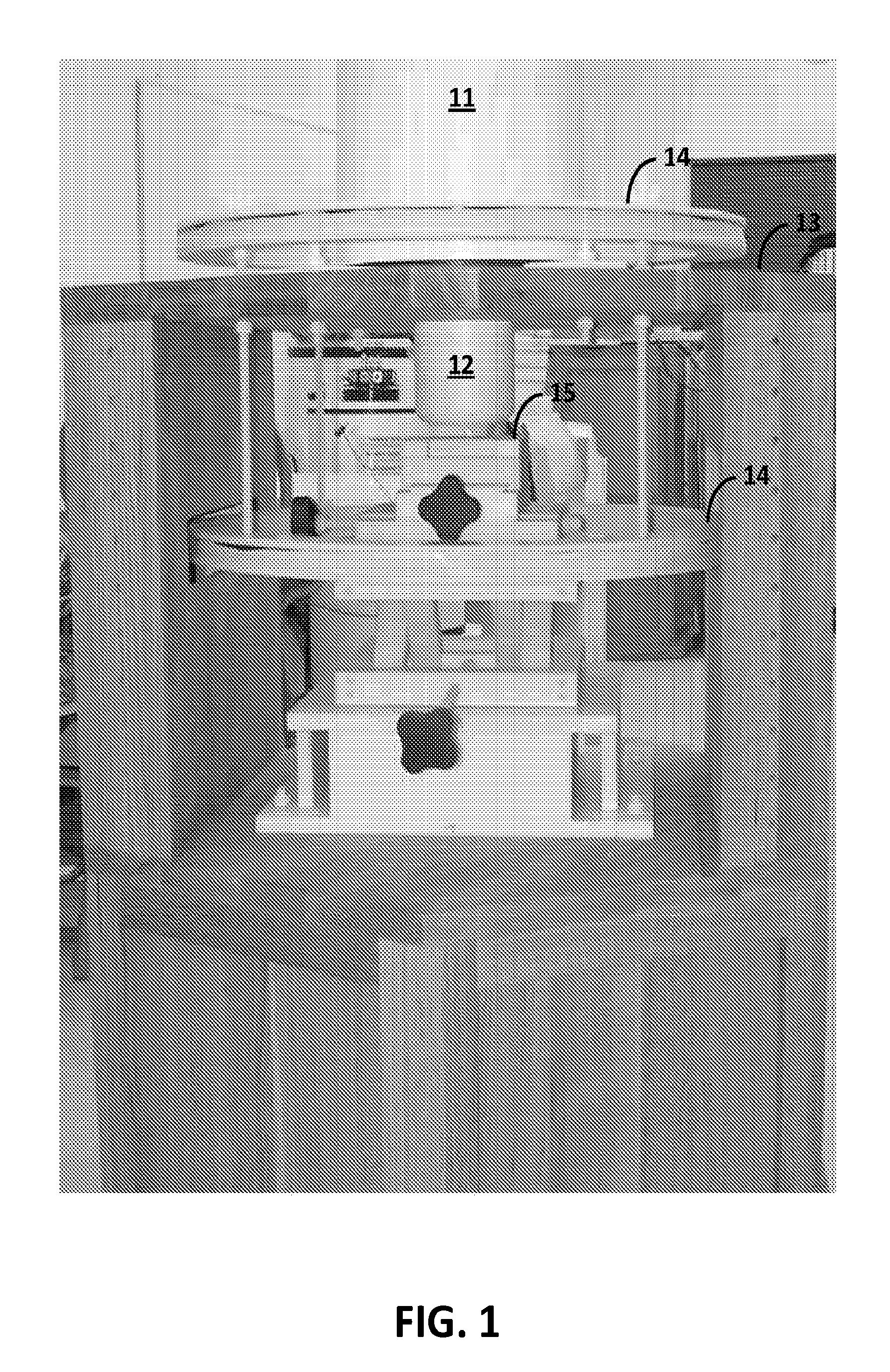Nonsurgical determination of organ transplant condition
a non-surgical and organ transplant technology, applied in the field of organ transplants, can solve the problems of painful organ transplant monitoring by biopsy, donor rejection by recipient, and poor match between donors
- Summary
- Abstract
- Description
- Claims
- Application Information
AI Technical Summary
Benefits of technology
Problems solved by technology
Method used
Image
Examples
Embodiment Construction
[0018]The present invention can use a Superconducting Quantum Interference Device (SQUID) magnetic sensor for the nonsurgical determination of organ transplant condition such as status, acceptance, or rejection. The SQUID sensor is a highly sensitive instrument that can detect magnetic fields created by clusters of magnetic nanoparticles. The SQUID sensor enables non-invasive determination of organ transplant acceptance. Additionally, the non-invasive nature of the technology allows more frequent monitoring of the patient, compared to biopsy. The physician can also use this technology to calibrate the level of medication if it appears that T cells have infiltrated the transplanted organ.
[0019]T cells congregate in specific areas of the organ. Biopsy only removes a small sample of tissue from the organ and does not sample the organ as a whole. The present invention can enable the physician to image the entire organ. This allows a physician to assess what degree of organ rejection, if...
PUM
| Property | Measurement | Unit |
|---|---|---|
| diameter | aaaaa | aaaaa |
| radius | aaaaa | aaaaa |
| diameter | aaaaa | aaaaa |
Abstract
Description
Claims
Application Information
 Login to View More
Login to View More - R&D
- Intellectual Property
- Life Sciences
- Materials
- Tech Scout
- Unparalleled Data Quality
- Higher Quality Content
- 60% Fewer Hallucinations
Browse by: Latest US Patents, China's latest patents, Technical Efficacy Thesaurus, Application Domain, Technology Topic, Popular Technical Reports.
© 2025 PatSnap. All rights reserved.Legal|Privacy policy|Modern Slavery Act Transparency Statement|Sitemap|About US| Contact US: help@patsnap.com



